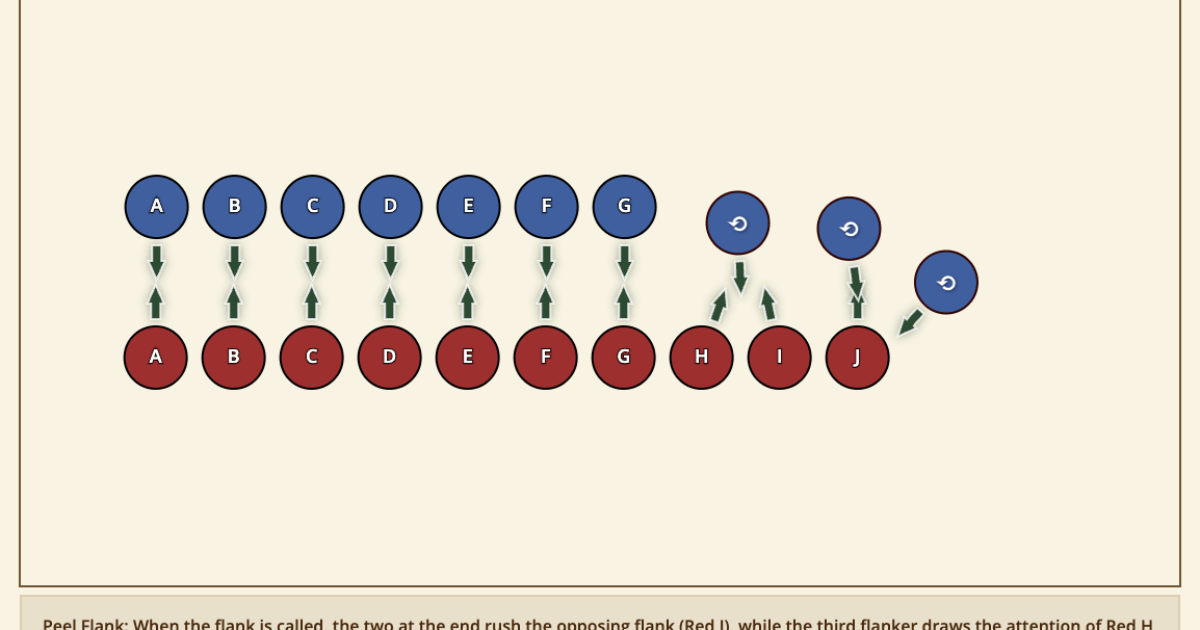Acute angle: An angle of less than 90 between the arm and the body, used by Thibault to indicate that the sword arm is sloping downward.
Attack of First Intention: An attack launched the moment the attacker comes into the First Instance, with no preliminary subjection of the sword.
Closing the straight line: Positioning the sword so that the opponent cannot enter without either dealing with one’s blade or being hit
Cut under the blade: A common fencing move in which the sword, engaging the opponent’s blade on one side, drops under and across to the other side to deliver an attack.
Degraduation: Moving the point of contact between blades toward the point, from Foible to Forte.
Demi-fleuret: A Renaissance dance step in which the back foot is brought up to the forward one and set down, and in the same moment the forward one moves forward a step.
Estocade: From Italian stoccata, a direct thrust made in a line that can be traced back to intersect the body of the attacker.
Estramason: From Italian stramazzone, a fast cut made with the tip of the sword, usually aimed at the face; used by Thibault for any cut.
Far side of the diameter: The half of each circle further from the viewer, to Alexander’s right and Zachary’s left in their starting positions.
First Instance: The outermost of the three Instances, in which the opponents are placed so that the point of each blade comes to the other’s hilt.
Foible: The weaker part of the blade, toward the point; also referred to by Thibault as the “smaller numbers,” referring to the twelve numbers into which he divides the blade.
Forte: The stronger part of the blade, toward the hilt.
Graduation: Moving the point of contact between blades toward the hilt(A Transition from your opponents Forte, where they have the advantage to your Forte where you have the advantage).
Imbrocade: From Italian imbroccata, an indirect thrust made in a line that cannot be traced back to intersect the body of the attacker.
Inside the perpendicular: A position in which one swordsman has slipped past the other’s point and has closed to one side or another of the opponent’s blade; the “perpendicular” is a plane at right angles to the opponent’s point; also called inside the angles.
Instance: One of the three combat distances in Thibault’s system.
Movement: In some situations, a synonym for time, thus two actions made “in the same movement” are made in the same time.
Near side of the diameter: The half of each circle closer to the viewer, to Alexander’s left and Zachary’s right in their starting positions.
Obliging the blade: Bringing the swords into contact with one’s own sword beneath the opponent’s and pushing up on the latter, partly controlling its movements.
Obtuse angle: An angle of more than 90 between arm and body, used by Thibault to indicate that the sword arm is sloping upward.
Posture of the straight line: The standard posture of thibault’s method, body upright and turned side on to the opponent, and the sword and sword arm extended straight out toward the opponent.
Reverse: From Italian riversa, a backhand cut with the edge of the blade.
Second instance: The midmost of the three Instances, in which the opponents are placed so that the point of each sword comes to the other’s elbow
Sentiment: Sensitivity to the pressure of the opponent’s blade against one’s own.
Smaller numbers: See Foible; the reference is to the twelve numbers into which Thibault divides the sword blade.
Straight line: See Posture of the straight line.
Subjecting the blade: Bringing the blades into contact to that one’s own blade is angled partly over the top of the adversary’s blade, pressing down on it and controlling its movement.
Third Instance: The innermost of the three Instances, in which the opponents are placed so that the point of each sword comes to the other’s shoulder.
Time: The smallest interval in which it is possible to make a movement, so a movement “in one time” is made all but instantly; sometimes termed “movement” by Thibault.
Volte: Equivalent to the girata of Italian rapier fencing, a twisting move performed by moving the rear foot crosswise behind the front, moving the body out of line of an attack.

